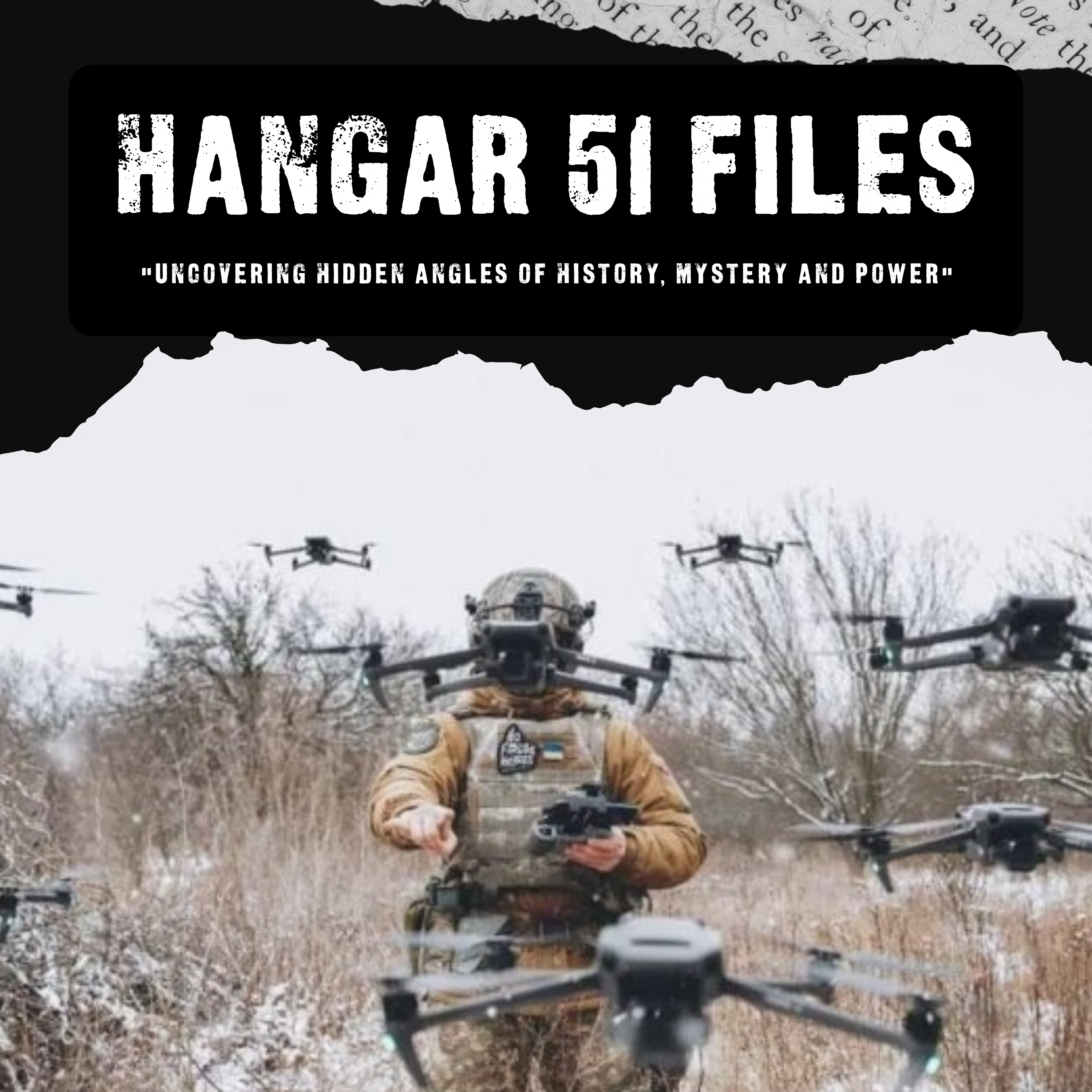Throughout history, technological and scientific advancements have played a pivotal role in shaping modern warfare. Many of the breakthroughs that transformed military strategy, weapons systems, and intelligence operations were once top-secret projects, hidden from public knowledge for decades. Today, declassified documents reveal the scientific innovations that not only influenced military conflicts but also paved the way for modern technology.
1. The Birth of Radar: Winning the Battle of Britain
Radar (Radio Detection and Ranging) was one of the most crucial technological breakthroughs in World War II. Developed in secrecy by the British, radar allowed the Royal Air Force (RAF) to detect incoming German aircraft long before they reached their targets.
Impact on Warfare:
- Enabled early warning systems, giving defenders critical time to prepare.
- Revolutionized air combat by guiding fighter aircraft to intercept enemies.
- Laid the groundwork for modern air traffic control and missile guidance systems.
After the war, radar technology became the foundation for civilian applications, including meteorology, aviation, and maritime navigation.
2. The Manhattan Project: Ushering in the Nuclear Age
Few scientific endeavors have had as profound an impact on warfare as the Manhattan Project. This top-secret U.S. research program led to the development of the first atomic bombs, which were dropped on Hiroshima and Nagasaki in 1945.
Impact on Warfare:
- Introduced the concept of nuclear deterrence and the Cold War arms race.
- Shifted military strategy from conventional warfare to the threat of mutually assured destruction (MAD).
- Led to advancements in nuclear energy, medicine, and space exploration.
Despite its devastating consequences, nuclear research also contributed to peaceful applications, such as power generation and radiation treatments for cancer.
3. Stealth Technology: The Science of Invisibility
The U.S. military began developing stealth aircraft during the Cold War to evade enemy radar detection. The F-117 Nighthawk, the first operational stealth aircraft, was built using classified research in radar-absorbing materials and unique aircraft designs.
Impact on Warfare:
- Allowed military forces to conduct precision strikes without being easily detected.
- Changed air superiority strategies, making traditional air defenses less effective.
- Led to further advancements in electronic warfare and drone technology.
Stealth technology continues to evolve, influencing modern fighter jets like the F-22 Raptor and the B-21 Raider bomber.


